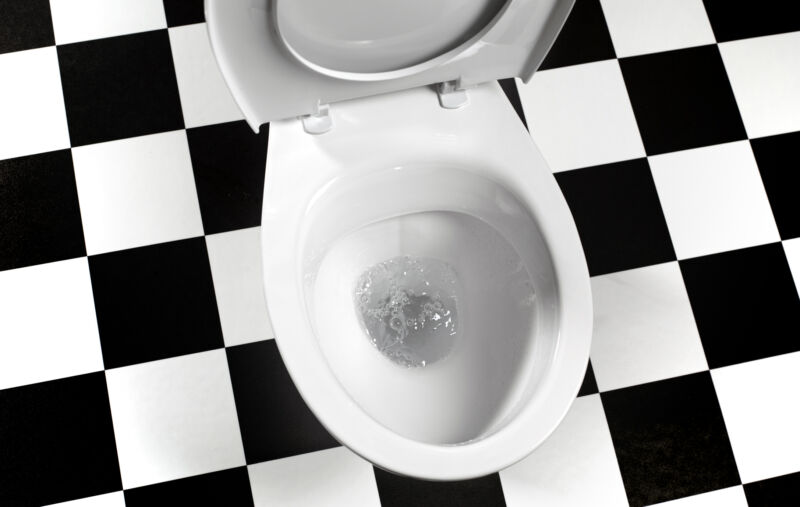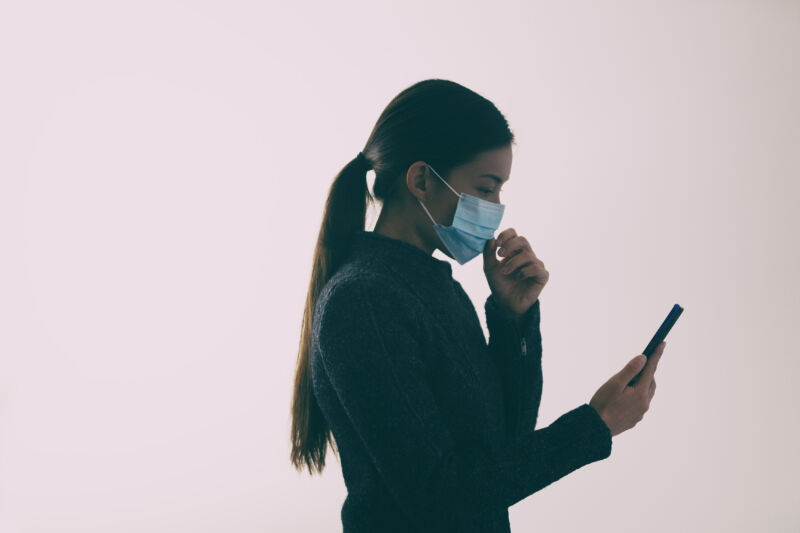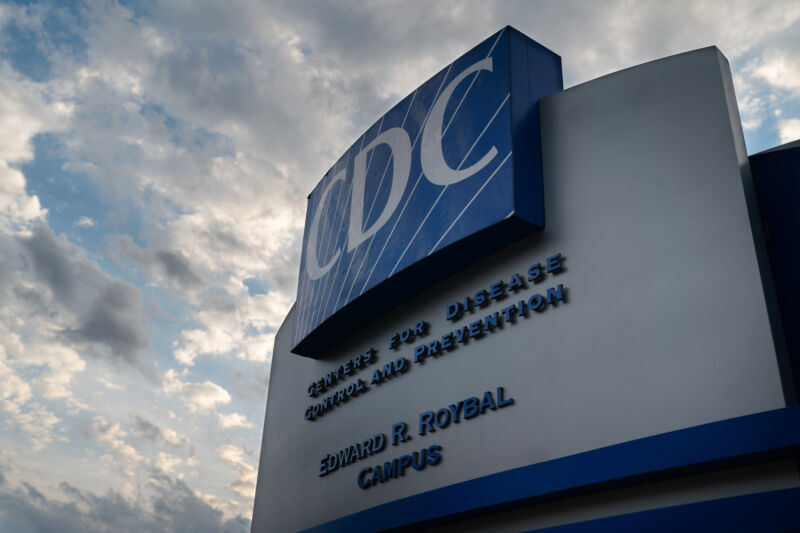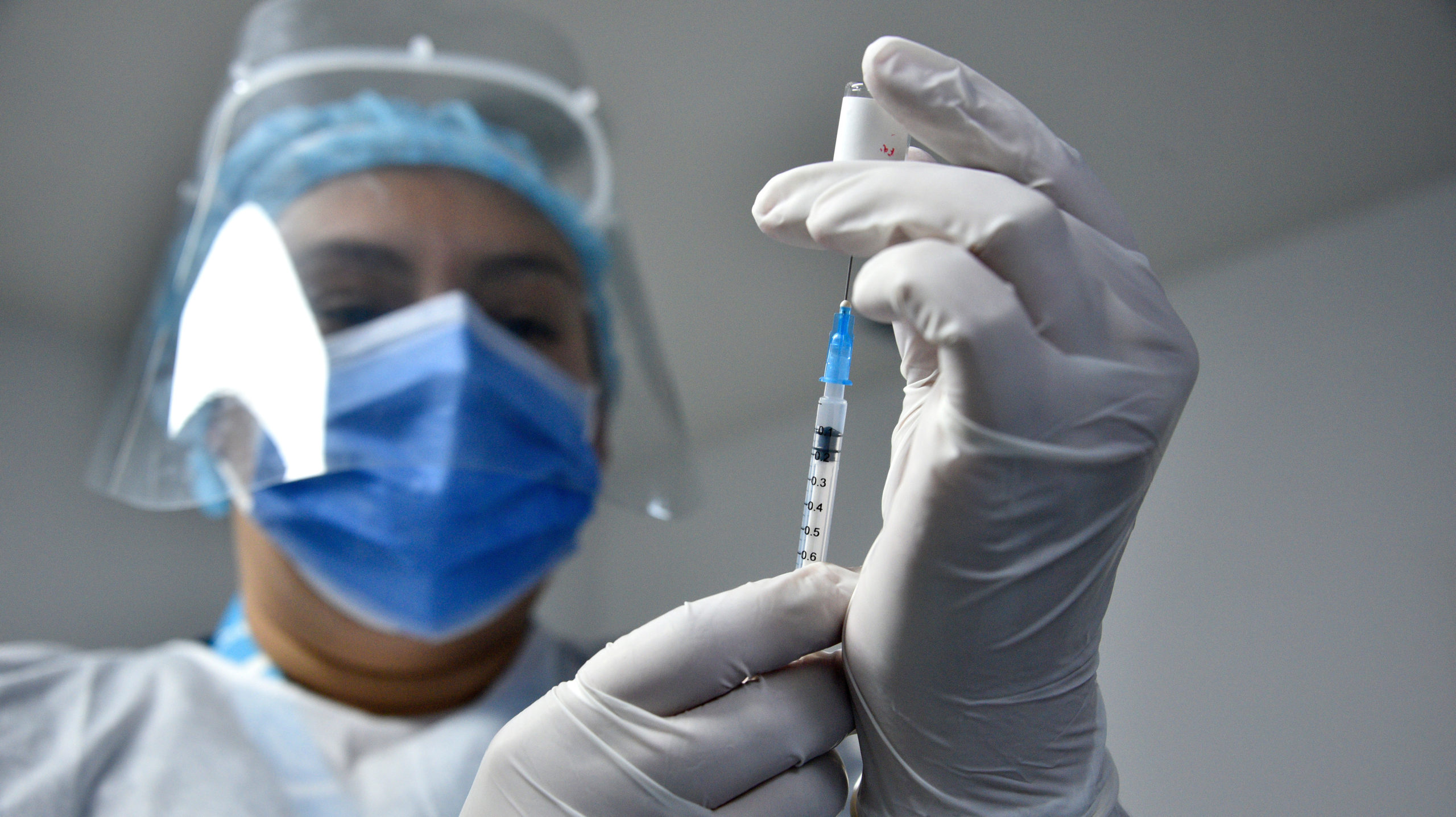-
 chevron_right
chevron_right
Should you flush with toilet lid up or down? Study says it doesn’t matter
news.movim.eu / ArsTechnica · Wednesday, 31 January - 23:51 · 1 minute

Enlarge / Whether the toilet lid is up or down doesn't make much difference in the spread of airborne bacterial and viral particles. (credit: Peter Dazeley )
File this one under "Studies We Wish Had Let Us Remain Ignorant." Scientists at the University of Arizona decided to investigate whether closing the toilet lid before flushing reduces cross-contamination of bathroom surfaces by airborne bacterial and viral particles via " toilet plumes ." The bad news is that putting a lid on it doesn't result in any substantial reduction in contamination, according to their recent paper published in the American Journal of Infection Control. The good news: Adding a disinfectant to the toilet bowl before flushing and using disinfectant dispensers in the tank significantly reduce cross-contamination.
Regarding toilet plumes, we're not just talking about large water droplets that splatter when a toilet is flushed. Even smaller droplets can form and be spread into the surrounding air, potentially carrying bacteria like E. coli or a virus (e.g., norovirus) if an infected person has previously used said toilet. Pathogens can linger in the bowl even after repeated flushes, just waiting for their chance to launch into the air and spread disease. That's because larger droplets, in particular, can settle on surfaces before they dry, while smaller ones travel further on natural air currents.
The first experiments examining whether toilet plumes contained contaminated particles were done in the 1950s, and the notion that disease could be spread this way was popularized in a 1975 study . In 2022, physicists and engineers at the University of Colorado, Boulder, managed to visualize toilet plumes of tiny airborne particles ejected from toilets during a flush using a combination of green lasers and cameras. It made for some pretty vivid video footage:



